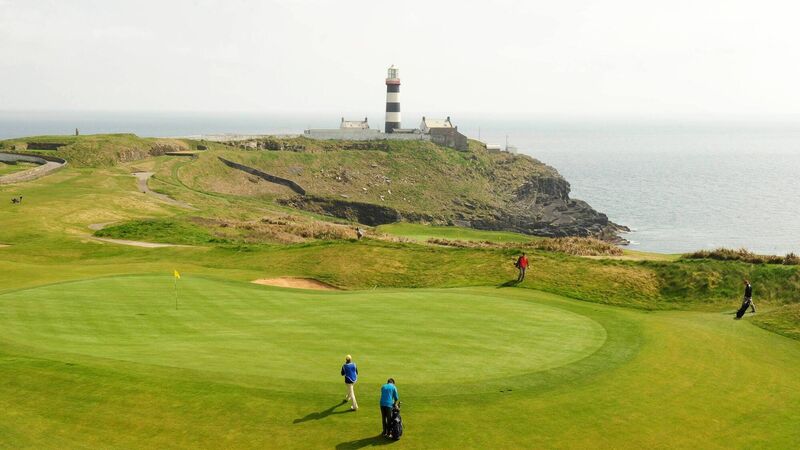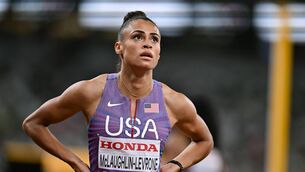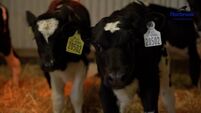The Pitch: How high inflation drove €500m in Irish golf revenues in 2023

WORLD RENOWNED: A golfer playing the 18th hole at the Old Head of Kinsale GC. Picture: Des Barry/Irish Examiner
An estimated 250,000 golf tourists – half of which came from the US – delivered a record half-a-billion euro in revenue to these shores in 2023.
The astonishing numbers - 66% greater than first forecasted by industry insiders – are all the more remarkable given the volatility brought on by high inflation on both sides of the Atlantic throughout the year.








